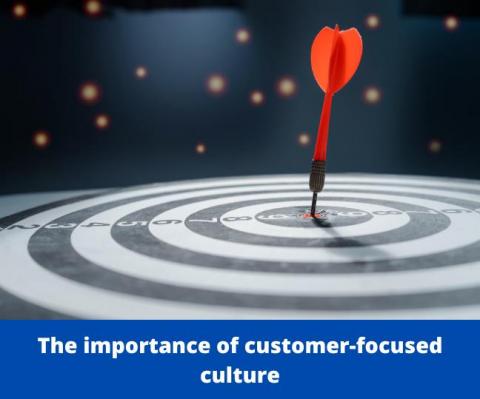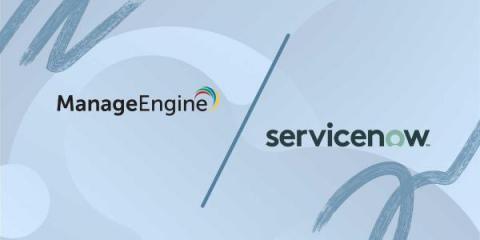Operations | Monitoring | ITSM | DevOps | Cloud
Latest News
Must-have Features in Software Checkout Solution
The importance of customer-focused culture
ManageEngine vs. ServiceNow: Service Desk Alternatives
Improve and calculate customer retention rate
Welcome to the Now Platform Tokyo release!
The world of work continues to tackle a rapidly shifting business landscape and the “great reprioritization.” Leaders are looking for ways to differentiate their organizations to gain a competitive advantage and seeking out technologies that deliver tangible outcomes quickly and flexibly. That’s why I’m proud to introduce the Now Platform® Tokyo release.
Happy IT Professionals Day! A huge shoutout to all the IT pros
It’s the coolest day of the year again—time to honor and celebrate the people who work behind the scenes to keep our businesses running: IT professionals! Established in 2015, IT Professionals Day is celebrated each year on the third Tuesday of September to celebrate the unsung heroes of the IT world. Join us as we wish all IT pros worldwide a very happy IT professionals day! Kudos to the IT pros!










